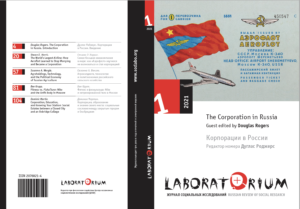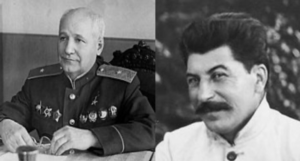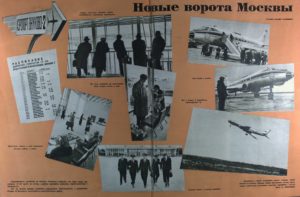Steven E. Harris, professor of Russian and Eurasian history in the Department of History, American Studies, and Sociology, has published the peer-reviewed article, “The Martyrdom of Nadezhda Kurchenko: Soviet Hero Cults and the Spiritual Turn in Late Socialism,” in The Russian Review.
This article examines the martyrdom of Nadezhda Kurchenko, a flight attendant killed by hijackers on an Aeroflot airplane in 1970, and how its production intersected with the spiritual turn in Soviet atheism, which allowed propagandists to update hero cults for the era of mature socialism. This project was made possible through funding from the University of Mary Washington and the National Air and Space Museum in Washington, D.C. Read the full article in The Russian Review.





